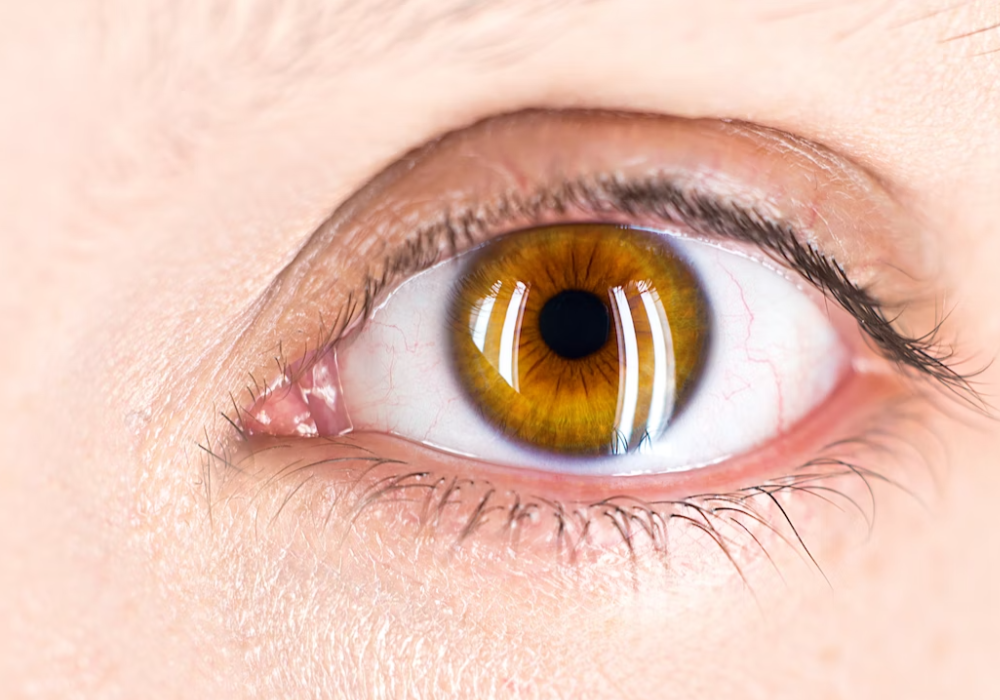Visualization Science
Visualization science is a tool that allows researchers to visually communicate complex information.

Selfpause Affirmation App
Download the app to get 1,000’s of affirmation meditations and everything you need to write, record and listen to your own.
Visualization science is a tool that allows researchers to communicate complex information visually. Visualization techniques include animation and simulation. These tools improve our understanding of climate change, tornado simulations, and traffic measurements. These techniques can be used to create 3D models that accurately reflect the physical properties of various materials and processes. The article includes a description of how scientific visualization works and why it is valuable.
Scientific visualization as a communication tool

Scientific visualization is a way to visually communicate complex ideas and information. By merging information and graphics, it creates appealing images of data that boost the viewer’s ability to quickly consume information. It goes beyond the static illustrations that appear next to technical content. A good scientific visualization is dynamic and can be used in both academic articles and public presentations. It should also be able to stand on its own.
A scientific visualization is a tool that lays the groundwork for new modes of thinking. It also aids in the dissemination of scientific ideas and breaks down language barriers. The process of creating an infographic involves collaboration between researchers, designers, and artists. The first step is to identify the key message and identify the appropriate design and composition.
Another method of developing an effective data visualization is by using a story structure. Stories have four main elements: the main character, setting, conflict, and resolution. Data points can be the main players or the supporting characters in the story. For example, a study of water-induced hazards found that participants had more agreement with terminology when pictures were provided instead of only text.
Scientific visualization can be done with specialized software. Some of these programs are open source and have their origins in academic environments. However, there are also a wide variety of proprietary software packages that offer scientific visualization tools. Popular examples include the VTK toolkit and the AVS toolkit. These tools are designed to make scientists’ data more intuitive and useful.
Scientists who are interested in using visualization can find funding through several means. Some NIH-funded research consortia have dedicated resources for visualization projects. The CHEETAH and HIVE consortia, based at the University of Utah, have dedicated grant programs that encourage strong collaboration between visualization experts and researchers. This collaboration results in improved scientific understanding. Additionally, other organizations have workshops that can help scientists develop their skills and learn from other researchers.
Scientific visualization can be used to share cutting-edge research with the general public. The average person will rarely read an academic paper, but they will watch an eye-catching video. With the rise of cinematic technology, scientists can use scientific visualization to engage the public.
Influence of experience on visual perception

Visual perception is a complex process. It is the culmination of sensory responses processed and reinterpreted by the cerebral cortex. The retina performs some processing as well. Palinopsia, or the prolongation of a visual event, is one such phenomenon. For example, in a study by Critchley (1951), a cat kept appearing on the street in different locations at different times, and the words on a van kept appearing on other vehicles.
Interestingly, long-term priors are implicated in the shaping of perception, but the neural mechanisms that underlie this influence remain unclear. However, the ECoG dataset allows researchers to probe dynamic information flow across cortical areas. This dataset covers all cortical lobes and thereby provides a comprehensive and reliable way to study neural interactions between cortical areas.
Interestingly, the study showed that the effects of previous experiences on current visual perception are more apparent in higher-order brain regions. Specifically, the default-mode network and the frontoparietal network were linked to complex tasks and visual perceptual processing. The researchers also found that when subjects had previously seen a clear image, their neural activity patterns were altered in a way that helped them recognize the blurred version.
In previous studies, researchers have shown that the influence of prior experience on visual perception is strong. For example, a face-vase image caused the participants to spend more time detecting the face than the vase, although the difference was not statistically significant. Similarly, a green-fronted cube caused significant perceptual biases when viewed from above.
Benefits of on-screen storytelling in scientific visualization
A recent study explored the benefits of on-screen storytelling for scientific visualization. The authors found that audiences preferred an audible voice narrating the presentation of evidence. The audible commentary outperformed a video without a voiceover narrative. Moreover, storytelling is a highly effective tool to help explain complex topics.
In this study, 16 participants evaluated 11 information visualizations based on three criteria: overall narrative quality, navigation, and likability. In addition, interactive visualizations had higher ratings than non-interactive ones. This finding supports the belief that a good storytelling visualization is well-structured, interactive, and relatable to the audience.
The authors of the study also found that storytelling improves memorability. It enables users to mentally map data, thus improving the usability and understanding of the data. The study builds on previous work on the benefits of storytelling and develops a framework to incorporate storytelling into narrative visualization. This approach simplifies concepts and creates an emotional connection with the viewer, which helps the viewer retain information.
Cinematic scientific visualization combines scientific data with visual storytelling to create a visually appealing, cinematic presentation. The aim of cinematic scientific visualization is to appeal to mass audiences by presenting real data in a way that is easily understood and aesthetically pleasing. Unlike other scientific visualization methods, cinematic storytelling focuses on art and filmmaking techniques rather than on scientific analysis. The goal of cinematic scientific visualization is to communicate cutting-edge science to a broad audience.
Cinematic scientific visualization also aims to be understandable and entertaining. By presenting research data, cinematic scientific visualization can increase scientific literacy and increase the number of scientists who use it. However, there are limited studies that have explored the audience’s reactions to cinematic scientific visualization. These studies are mostly in the context of giant screen shows and informal science learning. So, there are still many questions to be answered.
Our Top FAQ's
Some principles of effective data visualization include using appropriate visual encodings (such as position, length, and angle) to accurately represent data, avoiding clutter and unnecessary elements, and using appropriate visual hierarchy and design principles to guide the viewer’s attention.
Visualization can be used to communicate complex data insights to a general audience by carefully selecting the most important information to include, using clear and concise labels and titles, and choosing appropriate visual encodings and design elements to support comprehension.
Common mistakes to avoid when creating visualizations include using inappropriate or misleading visual encodings, overloading the visualization with too much information, and failing to properly label and caption the visualization.
Visualization tools and techniques can be used to support decision-making processes by providing a clear and concise representation of data and trends, highlighting key insights and patterns, and allowing for the exploration and analysis of data from multiple perspectives.
Ethical considerations when creating visualizations include avoiding bias and misrepresentation of data, properly citing sources, and being transparent about any limitations or potential biases in the data or analysis. These considerations can be addressed by carefully selecting and presenting the data, using appropriate visualization techniques, and being mindful of the potential impact of the visualization on the viewer.
